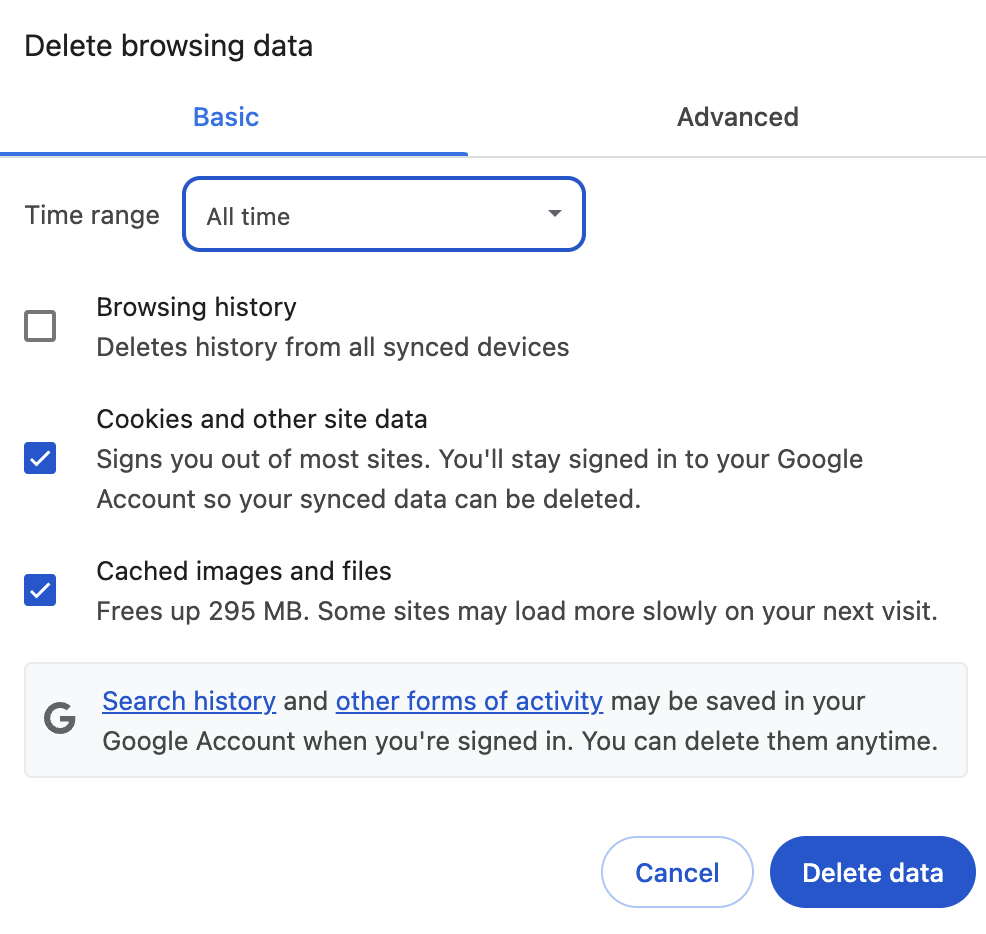The journey from a monolithic application to a nimble microservices architecture is often fraught with complexity, especially when core business logic is deeply entrenched within stored procedures. The discovery phase, where we aim to understand the existing system and carve out potential microservices, becomes absolutely critical. This is where large language models like Gemini can be a game-changer, offering unprecedented assistance in dissecting the business domain and paving the way for a successful refactoring.
Let’s consider the specific industry example of a Funds management platform. These platforms handle a vast array of functionalities, from investor onboarding and transaction processing to regulatory reporting and dividend payouts. Imagine the intricate web of stored procedures that likely govern these processes within a monolithic application. Untangling this web is the first, and arguably the most challenging, step towards microservices.
Gemini: Your Intelligent Discovery Assistant
Gemini’s ability to process and understand natural language, coupled with its potential to analyze code snippets and database schemas, makes it an invaluable tool during the discovery phase. Here’s how it can assist:
1. Understanding the Business Domain through Natural Language Processing:
- Analyzing Existing Documentation: These platforms often have extensive documentation, albeit sometimes outdated or scattered. Gemini can process these documents — user manuals, business requirements documents, functional specifications — to extract key business concepts, identify core entities (like investors, schemes, transactions, folios), and understand the high-level business processes.
- Interpreting Stakeholder Interviews: Information gathered from business analysts, domain experts, and end-users during interviews can be transcribed and fed into Gemini. It can then identify recurring themes, extract key insights, and even highlight potential discrepancies in understanding across different stakeholders.
- Uncovering Implicit Knowledge: Sometimes, crucial business rules and processes are not explicitly documented but reside in the minds of long-term employees. By conducting detailed event storming sessions and analyzing interview transcripts, Gemini might be able to infer these implicit rules and bring them to the surface.
Example: You could feed Gemini interview transcripts discussing the “KYC process for new investors.” Gemini can then identify the key steps involved, the data points collected, and the regulatory requirements associated with it.
2. Deciphering Business Logic Embedded in Stored Procedures:
- Code Analysis and Summarization: Stored procedures often contain the heart of the application’s business logic. Gemini can analyze the code within these procedures, identify the tables being accessed, the operations being performed, and provide a high-level summary of the logic. This can significantly reduce the time and effort required for manual code review.
- Identifying Data Dependencies: Understanding how different data entities interact is crucial for defining microservice boundaries. By analyzing the SQL queries within stored procedures, Gemini can help identify the relationships between tables and highlight potential data dependencies that need to be considered during the decomposition.
- Extracting Business Rules: Stored procedures often encode specific business rules, such as validation checks, eligibility criteria, and calculation logic. Gemini can help extract these rules and present them in a more understandable format, making it easier to define the responsibilities of future microservices.
Example: Gemini could analyze a stored procedure related to “processing dividend payouts” and identify the business rules for determining eligible investors, calculating the dividend amount based on the scheme and holding period, and generating payout instructions.
3. Classification of Existing Entities:
A crucial step in moving towards microservices is to classify the existing data entities. Gemini can assist in this process by analyzing entity relationships and how they are used within the business processes.
- Domain Entities: These represent the core nouns of the business — the key pieces of information that the system manages. In the context of funds management, these would include:
– Investor: Information about the individual or entity holding the mutual fund units (e.g., name, address, PAN, KYC details).
– Scheme: Details of the mutual fund scheme (e.g., name, type, NAV, investment objective).
– Folio: A unique account held by an investor for a specific scheme.
– Transaction: Records of various actions like purchase, redemption, switch, SIP installments.
– Dividend: Information about dividend payouts, including amount and payout date. - Business Process Flow and Sub-Process Flow: These represent the verbs of the business — the actions performed on the domain entities. Gemini can help map out these flows by analyzing documentation, interview transcripts, and the logic within stored procedures. For example:
- Investor Onboarding (Business Process):
– KYC Verification (Sub-process)
– Account Creation (Sub-process)
– Nominee Registration (Sub-process) - Transaction Processing (Business Process):
– Purchase Request Handling (Sub-process)
– Redemption Request Handling (Sub-process)
– Order Placement (Sub-process)
– Allotment/Redemption Processing (Sub-process) - Reporting (Business Process):
– Account Statement Generation (Sub-process)
– Regulatory Reporting (Sub-process)
Gemini’s Role in Classification: By understanding the context in which entities are used within different processes, Gemini can suggest logical groupings of entities that might form the basis of individual microservices. For instance, entities heavily involved in the “Investor Onboarding” process (Investor, Folio, KYC details) might suggest an “Investor Management” cluster. Similarly, entities related to “Transaction Processing” (Transaction, Scheme, Folio balance) could point towards a “Transaction” cluster.
Benefits of Using Gemini in the Discovery Phase:
- Accelerated Understanding: Gemini can process large volumes of information quickly, significantly reducing the time spent on manual analysis.
- Improved Accuracy: By leveraging its language understanding capabilities, Gemini can identify nuances and relationships that might be missed by human analysts.
- Reduced Risk: A thorough understanding of the existing system, facilitated by Gemini, leads to more informed decisions about microservice boundaries and reduces the risk of overlooking critical business logic.
- Enhanced Collaboration: Gemini can generate summaries and reports that can be easily shared and discussed among the development team and stakeholders, fostering better collaboration.
Challenges and Considerations:
- Contextual Understanding: While Gemini is powerful, it’s crucial to have domain experts involved to validate its interpretations and provide the necessary business context.
- Iterative Process: The discovery process is often iterative. The insights gained from Gemini will likely need to be refined and validated through further analysis and discussions.
Conclusion:
Refactoring a monolithic platform with deeply embedded business logic into a microservices architecture is a complex undertaking. However, by leveraging the capabilities of large language models like Gemini, organizations can significantly enhance the discovery phase. Gemini’s ability to understand natural language and analyze code can accelerate the process of domain understanding, business rule extraction, and entity classification. This, in turn, lays a solid foundation for defining well-bounded microservices, ultimately leading to a more agile, scalable, and maintainable platform. The key is to view Gemini not as a replacement for human expertise, but as a powerful assistant that can augment the analysis process and unlock valuable insights hidden within the complexity of the existing system.
Source Credit: https://medium.com/google-cloud/decoding-the-monolith-how-gemini-can-power-your-application-discovery-b9df864392f2?source=rss—-e52cf94d98af—4



